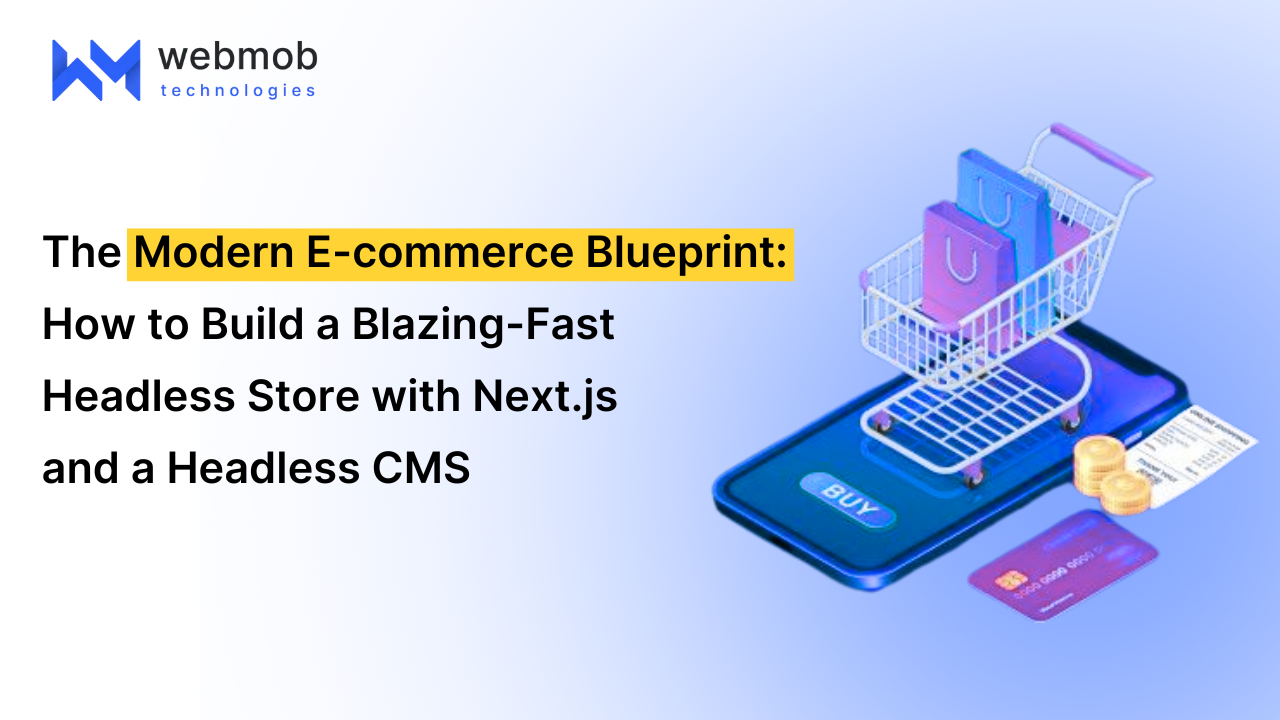The Modern E-commerce Blueprint: How to Build a Blazing-Fast Headless Store with Next.js and a Headless CMS
Unlock blazing-fast e-commerce with Next.js and headless CMS. Learn headless commerce development, build custom marketplaces, and master multi-vendor platforms. Elevate your store!



